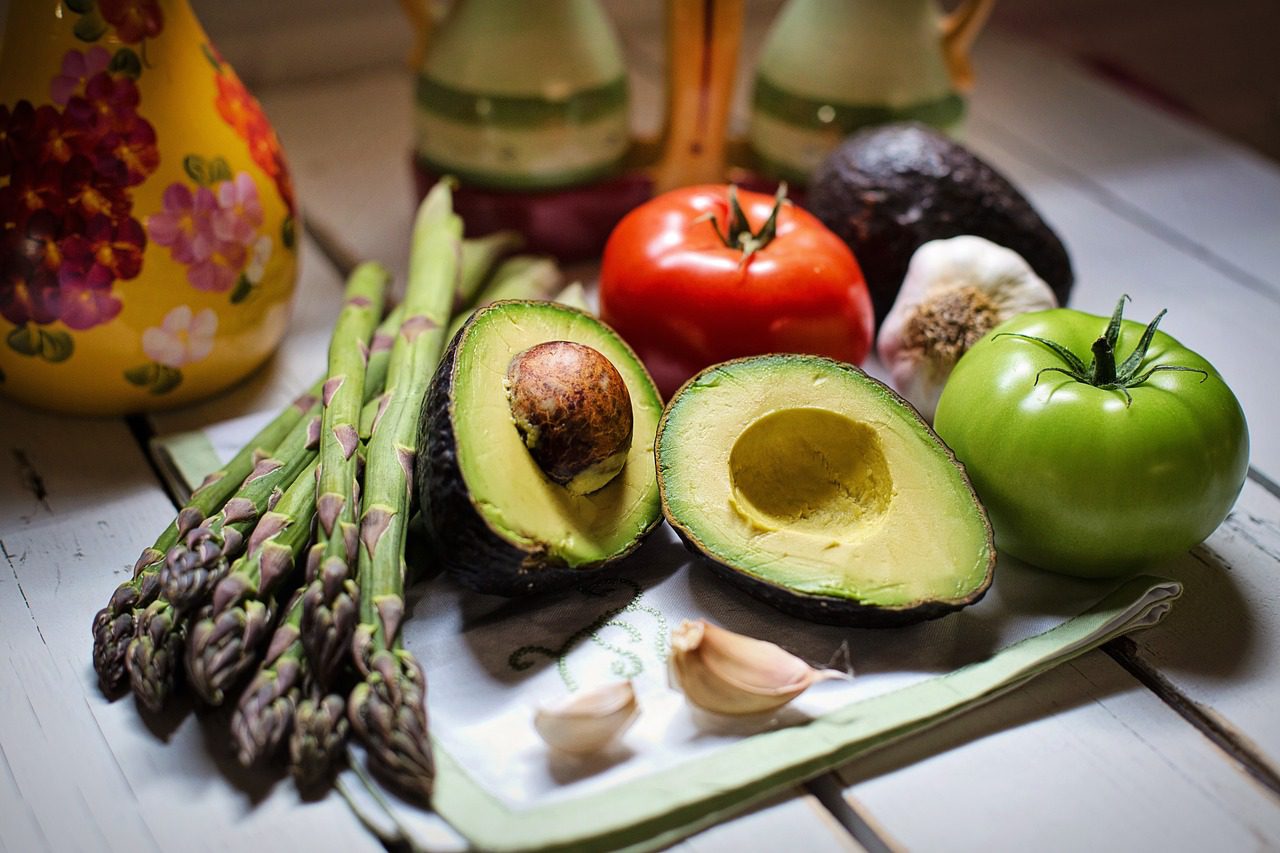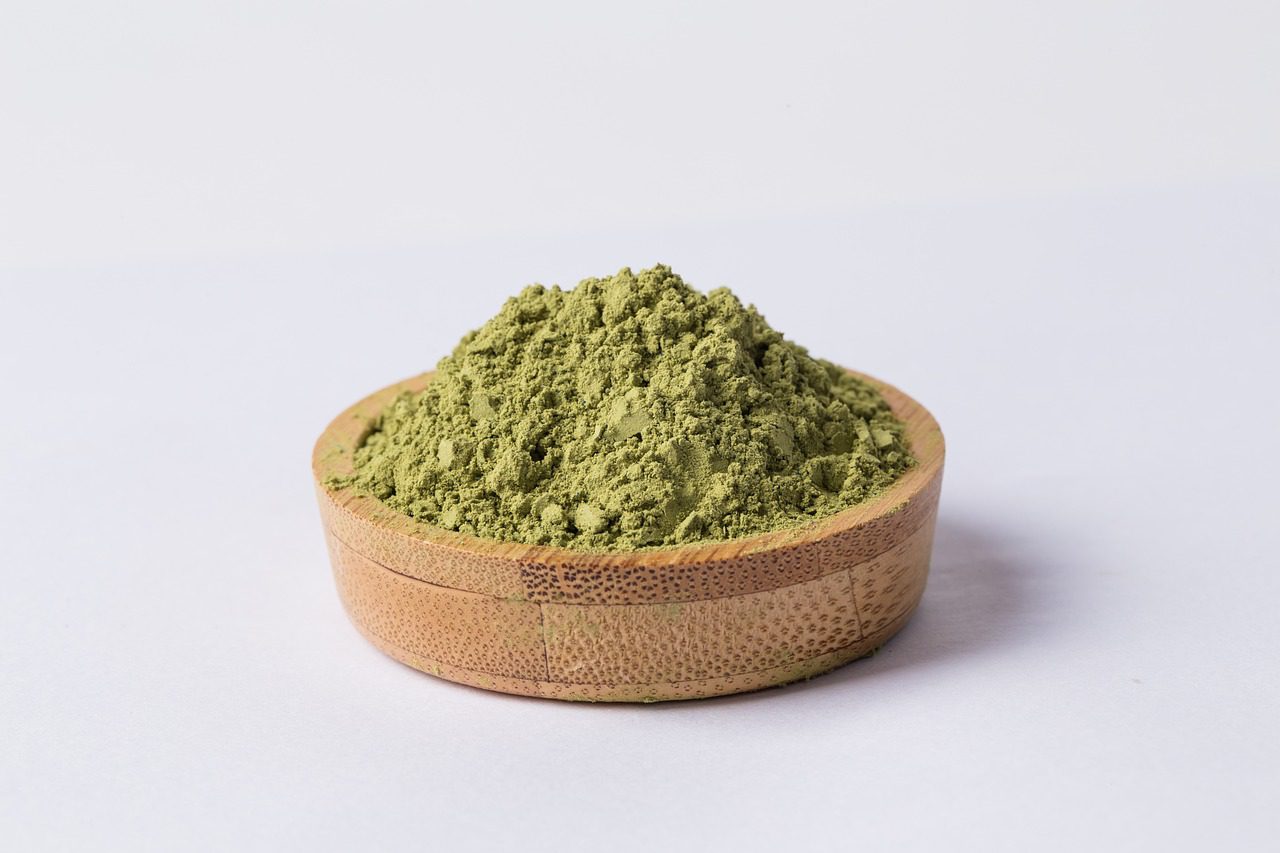Guide to Vegan Fitness and Protein-Rich Meals

Guide to Vegan Fitness and Protein-Rich Meals
Embarking on a vegan fitness journey combines compassion towards animals and our planet with the personal quest for physical health and athletic performance. Often, the spotlight turns to one critical question: “How do I fuel my workouts and recovery with plant-based foods?” Fear not! This comprehensive guide will walk you through the essentials of vegan fitness and how to craft protein-rich meals that are both nutritious and delicious.
Understanding Vegan Nutrition for Fitness
Why is Protein Important?
Protein is the building block of muscles. It’s essential for repairing and building muscle tissue, especially after a strenuous workout. But, when you embrace veganism, traditional sources of protein like meat, eggs, and dairy are off the table. So, how do you compensate? The answer lies in a variety of plant-based proteins that are not only abundant but also incredibly versatile
Diverse Sources for Your Protein Needs
Plant-based proteins come from legumes, beans, lentils, tofu, tempeh, seitan, nuts, seeds, and whole grains. Each of these sources brings its unique set of nutrients, including fiber, vitamins, and minerals, making them not just a protein alternative but a holistic upgrade to your diet.
How Cooking and Denaturation Affect Food Proteins
Proteins play a pivotal role in the culinary world, serving as the building blocks of many foods that are essential to our diets. In cooking, understanding the behavior of proteins is fundamental, particularly when it comes to the processes of cooking and denaturation. Proteins are large, complex molecules found in meat, dairy, eggs, and legumes, among other foods, and they contribute significantly to the texture, flavor, and nutritional value of our meals. When proteins are exposed to heat, acids, or mechanical actions during cooking, they undergo denaturation, a process where their complex structures unfold and reorganize. This transformation is crucial in cooking, as it affects the texture and taste of food. For example, the firming of an egg when boiled, the tenderizing of meat when cooked, and the curdling of milk into cheese all result from protein denaturation. This process can also influence the digestibility and availability of nutrients in foods, making the understanding of protein behavior vital for culinary science and nutrition. Through the controlled application of cooking techniques, chefs and food scientists can manipulate protein denaturation to achieve desired food qualities, showcasing the importance of proteins in transforming the culinary landscape.
How Much Protein Do You Really Need?
The amount of protein needed varies from person to person, depending on your weight, height, fitness level, and goals. A common guideline is 1.2 to 2.0 grams of protein per kilogram of body weight for those engaging in regular physical activity. This ensures optimal recovery and muscle growth.
Crafting Protein-Rich Vegan Meals
Start with a Plan
Meal planning is your best friend. It helps you ensure you’re getting a balanced intake of nutrients throughout the day. Think about incorporating a variety of protein sources across meals to keep things interesting and nutritionally balanced.
Protein-Packed Breakfast Ideas
How about starting your day with a tofu scramble loaded with veggies? Or perhaps some oatmeal with a scoop of plant-based protein powder, nuts, and seeds? These options kick-start your metabolism and fuel your morning activities.
Energizing Lunch and Dinner
Lunches and dinners can be equally exciting. Consider hearty salads with chickpeas, black beans, or lentils. For a warm meal, a lentil curry or a tofu stir-fry can be both comforting and nourishing. And let’s not forget about the power of quinoa and whole grains as excellent protein sources.
Snacks and Recovery
Snacks are not just treats; they’re opportunities to fuel your body between meals. Hummus with vegetable sticks, protein bars (watch out for the ingredients to ensure they’re vegan!), and smoothies with plant-based protein powder are fantastic options. Post-workout, a protein shake or a banana with peanut butter can offer immediate replenishment.
Staying Hydrated and Supplemented
Hydration and Supplements: Do You Need Them?
With all the focus on protein, don’t forget about staying hydrated. Water plays a crucial role in transporting nutrients, digestion, and overall physical performance. While it’s best to get your nutrients from food, some vegans might need supplements for B12, vitamin D, omega-3s, and iron. Consult with a healthcare provider to tailor supplements to your specific needs.
Overcoming Challenges and Setting Goals in a Protein-Rich Diet
Challenge 1: Identifying High-Quality Protein Sources
One of the first challenges you might encounter is identifying high-quality protein sources. It’s like finding the best crew for your ship. You’ll want a mix of complete proteins, which contain all nine essential amino acids, from sources like meat, fish, poultry, eggs, and dairy, as well as plant-based options like quinoa, legumes, and nuts.
How to Overcome: Diversify your protein intake. Think of it as assembling a diverse crew, where each member brings a unique skill set. This not only ensures you’re getting all the essential amino acids but also keeps meals interesting.
Challenge 2: Balancing Protein with Other Nutrients
Sailing smoothly requires more than just a skilled crew; your ship needs the right balance of supplies. Similarly, while protein is vital, it’s important not to neglect carbohydrates and fats, which provide energy and help with nutrient absorption, respectively.
How to Overcome: Plan your meals like plotting a course, ensuring you have a balanced ratio of macronutrients. Incorporate whole grains, fruits, and vegetables to get a broad spectrum of vitamins, minerals, and fiber alongside your protein sources.
Challenge 3: Managing Protein Intake on a Busy Schedule
Life’s bustling pace can make it feel like you’re navigating through a storm. Finding time to prepare protein-rich meals can be a challenge when you’re balancing multiple responsibilities.
How to Overcome: Preparation is key. Consider meal prepping at the start of the week or using protein supplements like shakes or bars as convenient, on-the-go options. They’re like the emergency rations on your ship, ready when you need them.
Setting Achievable Goals
Start Small
Imagine setting sail without a map; you wouldn’t get very far. The same goes for dietary changes. Setting small, achievable goals can help guide your journey. Begin by incorporating a protein source into every meal, gradually increasing the amount as your body adapts.
Track Your Progress
Keeping a log of your dietary intake is like charting your course. It can help you see where you’ve been and adjust your sails as needed. Use apps or a simple journal to track your protein intake and how it correlates with your energy levels and overall health.
Listen to Your Body
Your body will send signals, much like a lookout shouting from the crow’s nest. If you feel more energized and see improvements in your physical health, you’re on the right course. If not, it might be time to adjust your sails. Listening to your body is crucial in finding the right balance for you.
The Vegan Fitness Lifestyle
Embracing vegan fitness is not just about changing your diet; it’s about adopting a lifestyle that promotes health, sustainability, and ethical living. With the right approach to nutrition, particularly focusing on protein-rich meals, you can achieve your fitness goals while adhering to vegan principles. Remember, variety is the spice of life — and your diet! Experiment with different protein sources, spices, and cooking methods to keep your meals exciting and your body nourished. Let this guide be your starting point to a fulfilling and successful vegan fitness journey.
*This is a guest post on LABELESS Nutrition






